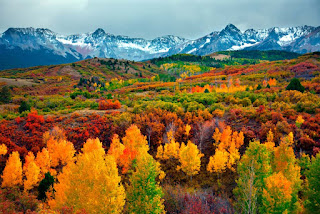Self Reflection

This year in photography I learned a substantial amount about digital photography. Prior to taking this class I was only using my iPhone for photos and mind you, the iPhone does take great pictures but I was interested in being able to take higher quality photos on a digital camera. That's where this class steps in, this class has taught me more about exposure, shutter speed, and aperture than I ever thought I'd understand. Not only that but the relationship between each. Then you pair that up with new experience in composition and depth of field, I believe my photography is a much higher quality than previously. Taking the picture is only the first part of it, now comes editing. Working with only an iPhone before, I did not have access to, or wanted access to, Adobe Lightroom. So that program was a bit of a learning curve but we did spend some class time going over the basics which really helped. But I found most of what I learned was from just messing around in the progra...








